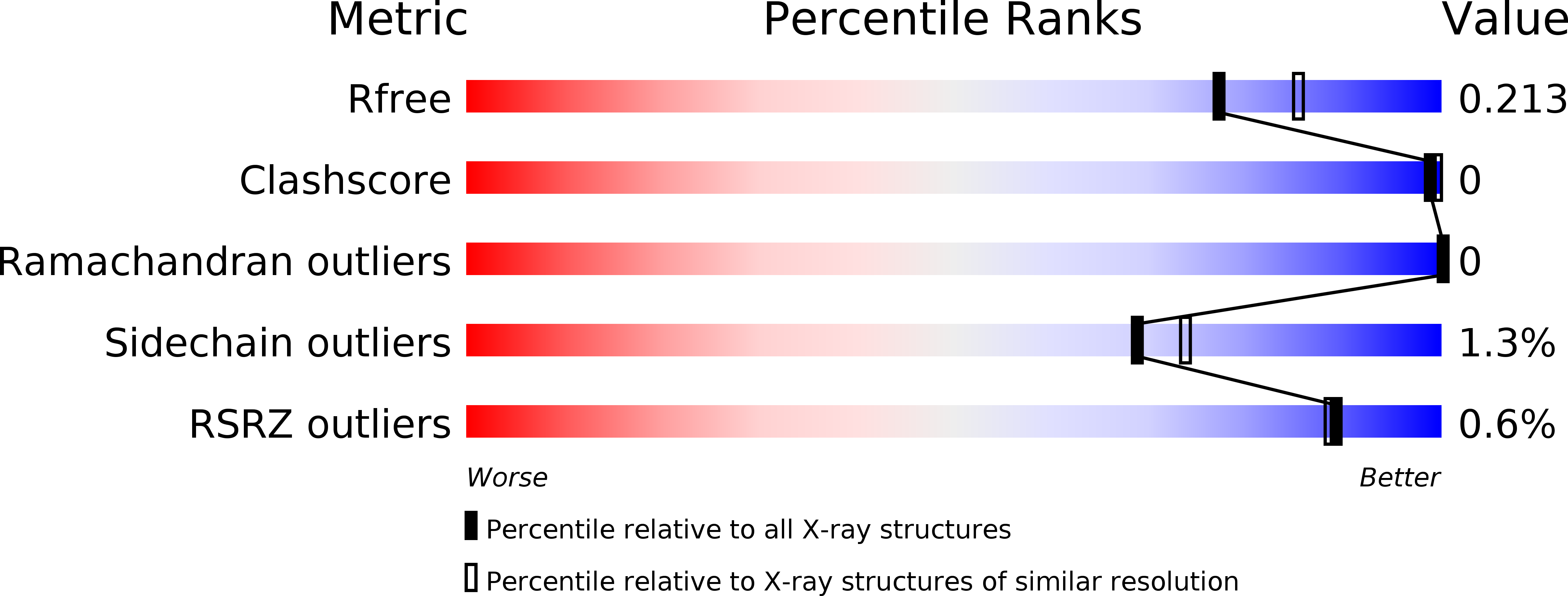
Deposition Date
2014-02-25
Release Date
2015-01-14
Last Version Date
2023-09-20
Entry Detail
PDB ID:
4POD
Keywords:
Title:
Structure of Triosephosphate Isomerase I170V mutant human enzyme.
Biological Source:
Source Organism:
Homo sapiens (Taxon ID: 9606)
Host Organism:
Method Details:
Experimental Method:
Resolution:
1.99 Å
R-Value Free:
0.21
R-Value Work:
0.17
R-Value Observed:
0.17
Space Group:
P 21 21 21


